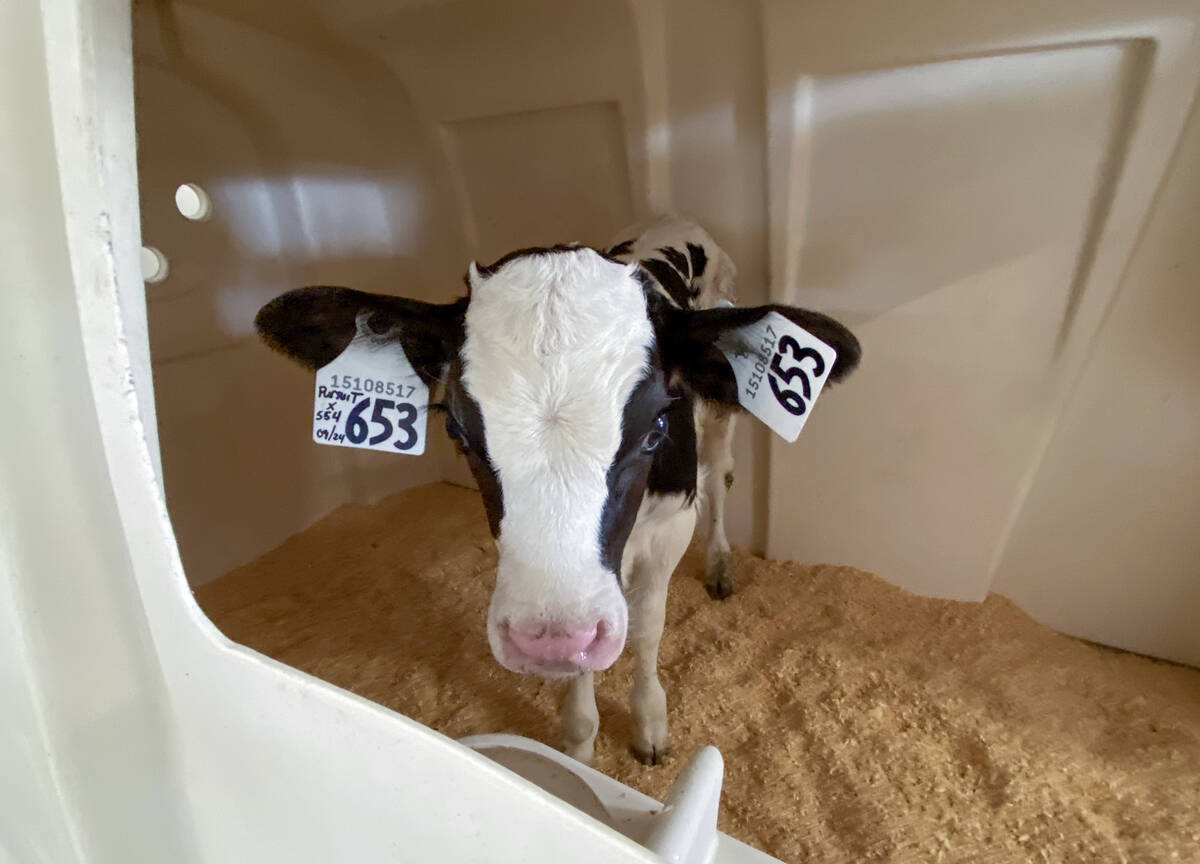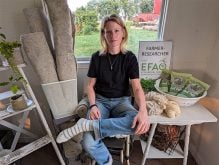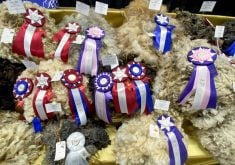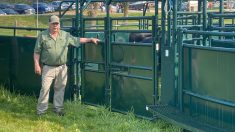Sheep and goat producer organizations are starting an initiative to improve genetics in Canadian flocks in conjunction with the University of Guelph.
The project aims to strengthen the genetic evaluation program GenOvis, modernize breed registration and provide better information for meat and dairy production in sheep and goats.
Why it matters: There is room for growth in the goat meat and milk and lamb markets in Canada, and genetic improvement will help producers achieve this.
Read Also

Lactanet turns methane expertise into business opportunity
Lactanet’s new fee-for-service breeding tool initiative to reduce greenhouse gas emissions in Canadian and Swiss Holstein herds will launch in April 2026.
Jacques Chesnais, who will lead the project, said the collaboration between the Canadian Sheep Breeders Association, the Canadian Meat Goat Association, Ontario Sheep Farmers and the Canadian Goat Society hopes to do for the industry what genetic research has done for the beef industry.
Chesnais said sheep and goat producers earn about $250 million in farm receipts annually.
With Canadian lamb meat production only meeting 40 per cent of the domestic demand, it’s one which has room to expand. But genetic research into producing the best animals is needed, he said.
“(Sheep producers) have to compete with importation from New Zealand and Australia,” said Chesnais. “But I think there has been quite an improvement in the product from lamb in Canada.”
Sheep populations have not grown in the last 20 years after expansion in the 1990s, while goat populations have doubled in the past 30 years.
The genetic research will focus on several areas.
“One is growth to wean and post-wean, then number born and lamb survival and we are trying to improve meat quality. For example, back-fat and loin area,” said Chesnais. “The other thing is goat milk and the production of milk.”
Chesnais said improved genetic information may allow producers to choose the best breed for their local environmental conditions and hybrid vigor.
There is also research into finding genetic markers that will identify animals resistant to parasites, he said.
The cost of genetic research for sheep and goats is still relatively high compared to the dairy and beef industry.
“But over time, it will go down in price and then people will use more, little by little, use genetics more for selection,” said Chesnais. “We don’t think that will happen overnight, but it will happen eventually and we are getting ready for that as part of this project.”
Outside of the research, Chesnais said the collaboration between so many organizations is also a positive.
“For the longer term, we are looking at how we can co-operate more,” he said. “We feel that in order to be efficient and cost effective, we are going to look at options to integrate better, make sure there is no duplication with the organizations involved.”














